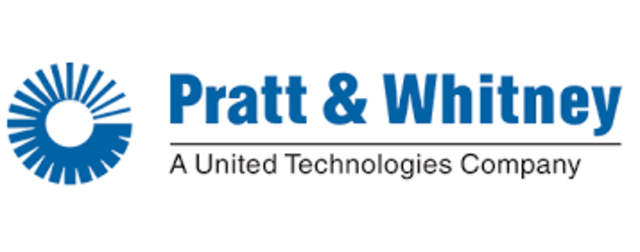Company Profile: Pratt & Whitney Canada
Changing the Face of Aviation Around the World
Pratt & Whitney Canada (P&WC) was founded in 1928 by James Young to offer maintenance on the then popular Wasp 1340 radial piston engine. From those humble roots, the company grew to become a global powerhouse transforming itself in 1963 with the introduction of its own engine, the PT6A gas turbine which would go on to change the face of aviation around the world.
The PT6 started out as a powerplant for turboprop aircraft (the PT6A engine family) and evolved by the early 1970s to power helicopters – the PT6T, PT6B and PT6C engine families later, complemented by the PW200 and PW210 families.
Over the years, the company has produced roughly 16,500 helicopter engines, 9,600 of which are still in operation powering more than 4,900 twin- and single-engine helicopters. P&WC’s helicopter engines have flown in excess of 63 million hours, part of the 855 million hours flown by the entire P&WC fleet of engines.
“We are mindful that our operators are always seeking engines that are more powerful and fuel efficient, lighter and inexpensive to operate and maintain,” says Nicolas Chabée, Vice President, Sales and Marketing, Helicopter Engines, P&WC. “So we focus on new engine introductions and on initiatives that help bolster the performance of engines in the field.”
The company’s most recently developed helicopter engine is the PW210, an innovative centreline design. Delivering an impressive 1,000-plus shaft horsepower, the PW210 has only five major rotating components and uses a combined reduction/engine accessory gearbox that contributes to its compact design. It has a dual channel, full authority digital engine control (FADEC) so that it always delivers peak performance within the manufacturer’s specs.
“The PW210’s FADEC technology has increased processor capability and memory, allowing more software functionality,” says Chabée. “This further reduces pilot workload, enabling functions such as automatic engine start control and limiting, electronic on-ground and in-flight power assurance checks, full-time over-fueling protection and automatic power matching between engines.”
P&WC was mindful that some of the helicopters the PW210 would power would be used for emergency medical services (EMS) missions so the company developed the technology to allow the engine to do double duty as the helicopter’s auxiliary power unit (APU). This eliminates the cost, weight and maintenance associated with having a third engine on board. This is especially beneficial in an EMS situation as it allows the crew to run the on-board medical equipment while the aircraft is on the ground with the rotors locked for safety.
The performance of the PW210 is such that P&WC increased the time between overhaul (TBO) interval for the engine’s overhaul from 3,500 hours to 4,000 hours.
P&WC’s most recently certified helicopter engine is the powerful PT6C-67A which powers the all-new AW609 Tiltrotor from Leonardo. The engine is certified for both vertical and horizontal operation.
“In terms of our after-market services, P&WC has been making significant investments in the development of new products and specialized offers aimed at increasing engine value throughout its entire lifecycle,” says Chabée. “Earlier this year, we launched six new services and developed a number of new P&WCSMART solutions, including flat-rate engine overhauls, special exchange programs and capped-cost hot section inspections.”
P&WC is also developing entirely new technologies to give engine operators deeper, more insightful data. “The FAST™ solution, for example, captures flight data, stores it during flight and then transmits it for analysis within minutes of the pilot shutting down the engine,” says Chabée. “FAST gives the operator the data needed to optimize dispatch availability and maintenance, while reducing operating costs.”
Another P&WC-developed solution is a new oil analysis technology that is a hundred times more effective than other oil analysis technologies on the market. It detects minute debris in engine oil early in order to have the engine operate in a more planned environment and increase asset availability.
“These are just a few examples of products offered through our global customer service organization, which we consider to be the most comprehensive in the industry,” says Chabée. “It includes two unique Customer First Centres operating 24/7 in Montreal and Singapore, 30 owned and designated overhaul facilities, 100 mobile repair team technicians and 100 field support representatives.”
He says the company is collaborating with its customers on the next generation of engines for helicopters now on the drawing board. “In fact, we are currently running a demonstrator in the 2,000 shaft horsepower class aimed at significant fuel savings and efficiency compared to existing products.”
See the P&WC website for more information on P&WC helicopter engines.
